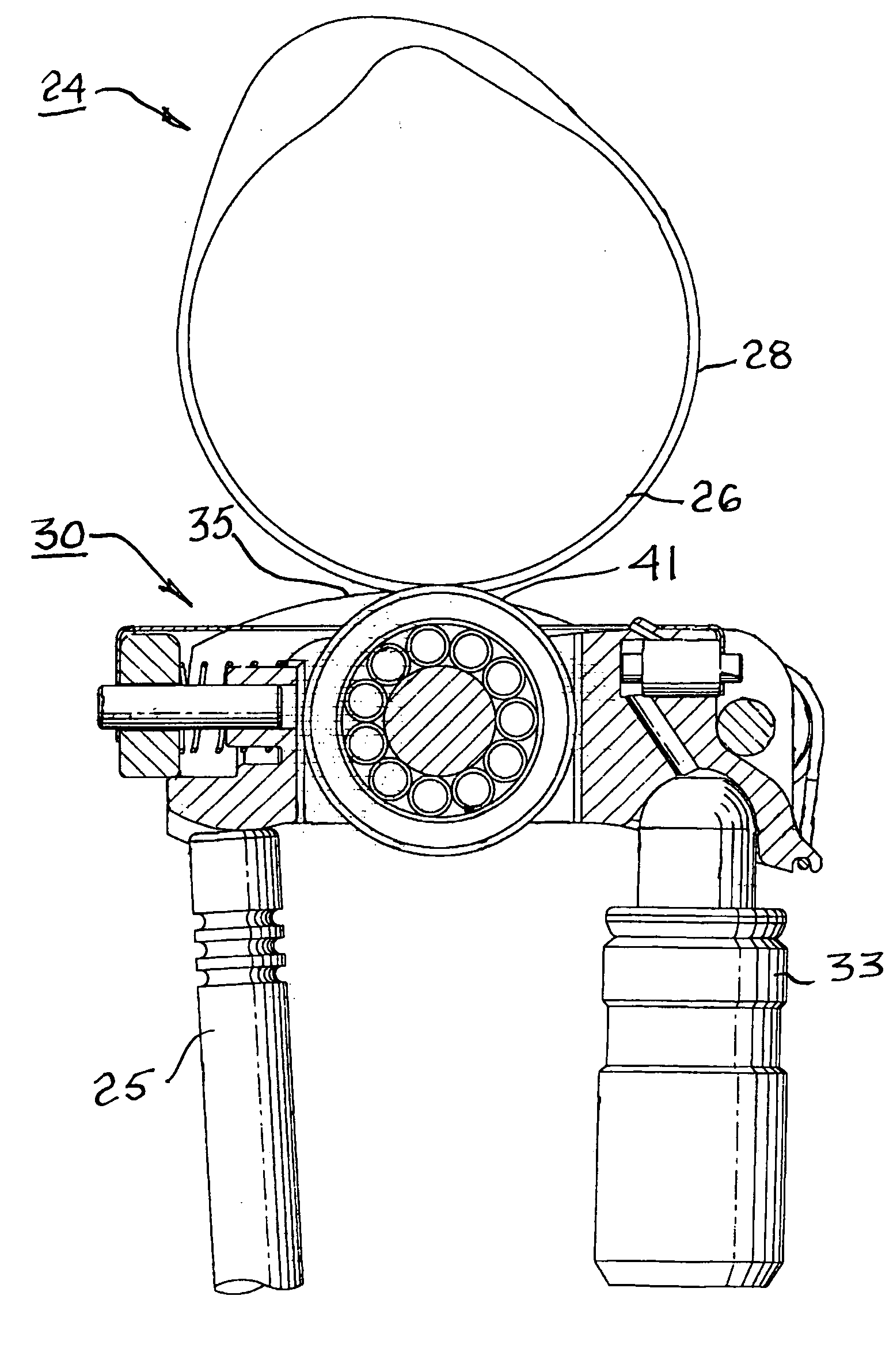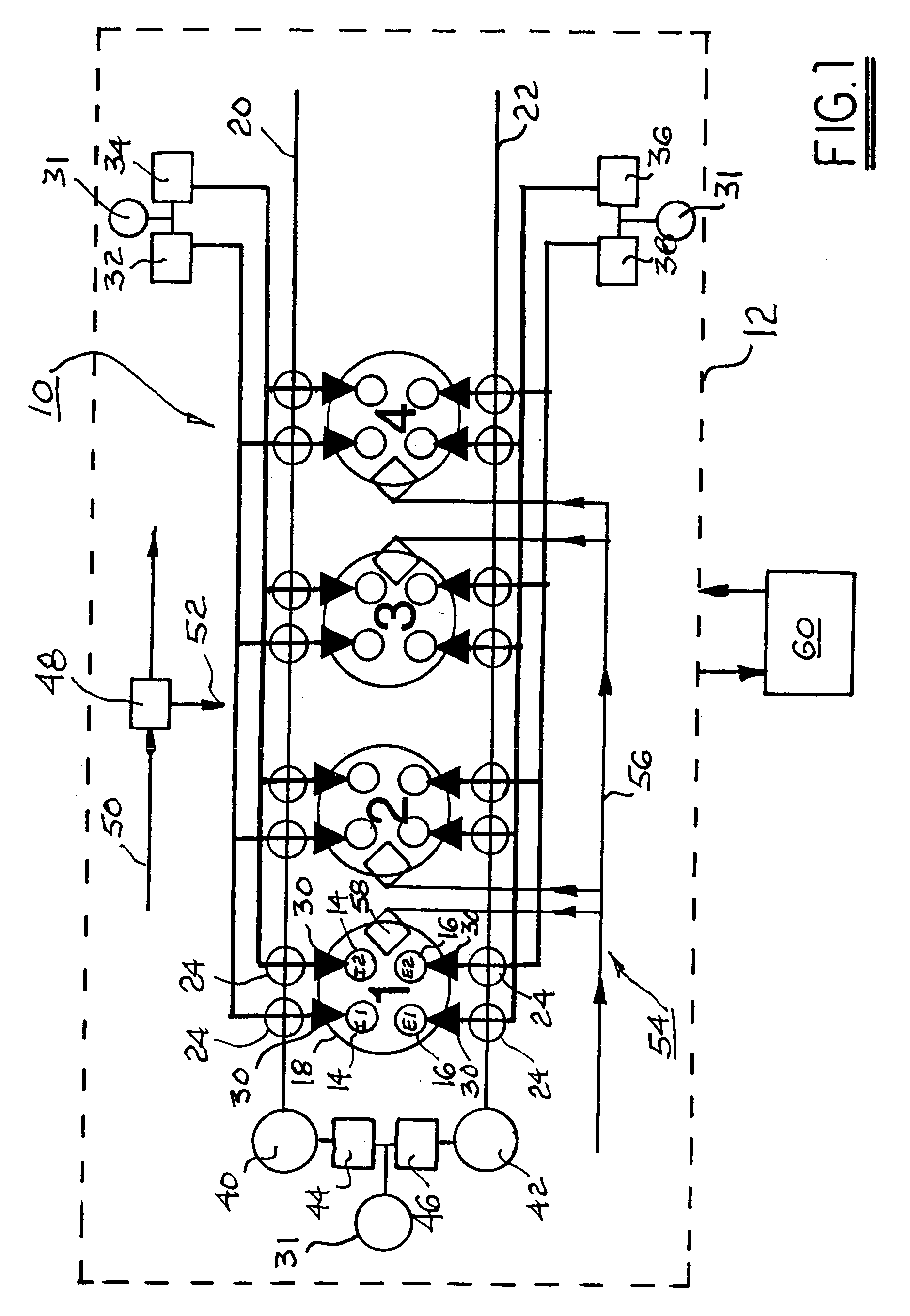Method and apparatus for optimized combustion in an internal combustion engine utilizing homogeneous charge compression ignition and variable valve actuation
a technology of compression ignition and combustion engine, applied in the direction of valve drives, electric control, machines/engines, etc., can solve the problems of excessive compression ratio, difficult control, and significant challenge in avoiding high cost and complexity
- Summary
- Abstract
- Description
- Claims
- Application Information
AI Technical Summary
Benefits of technology
Problems solved by technology
Method used
Image
Examples
Embodiment Construction
[0053] In the following discussion, the mechanisms and strategies for varying valve lift and valve timing for a compression-ignited (CI) engine in accordance with the invention are presented in the context of light duty engines which may be operated in either conventional diesel ignition (DI) mode or homogeneous charge compression ignition (HCCI) mode, or combinations thereof depending upon engine speed and load. However, it should be understood that such novel mechanisms and strategies may also be applied to medium duty and heavy duty CI-type engines. Further, engines comprehended by the invention may be hybrids that utilize compression ignition under some operating conditions and spark ignition under other operating conditions. Further, such engines are not limited to diesel fuel and may be fueled by other fuels such as gasoline and / or specialty fuels. The term “specialty fuels” as used herein is defined to include blended fuels, as needed, to provided the desired autoignition pro...
PUM
 Login to View More
Login to View More Abstract
Description
Claims
Application Information
 Login to View More
Login to View More - R&D
- Intellectual Property
- Life Sciences
- Materials
- Tech Scout
- Unparalleled Data Quality
- Higher Quality Content
- 60% Fewer Hallucinations
Browse by: Latest US Patents, China's latest patents, Technical Efficacy Thesaurus, Application Domain, Technology Topic, Popular Technical Reports.
© 2025 PatSnap. All rights reserved.Legal|Privacy policy|Modern Slavery Act Transparency Statement|Sitemap|About US| Contact US: help@patsnap.com



